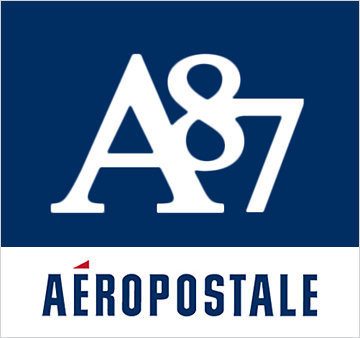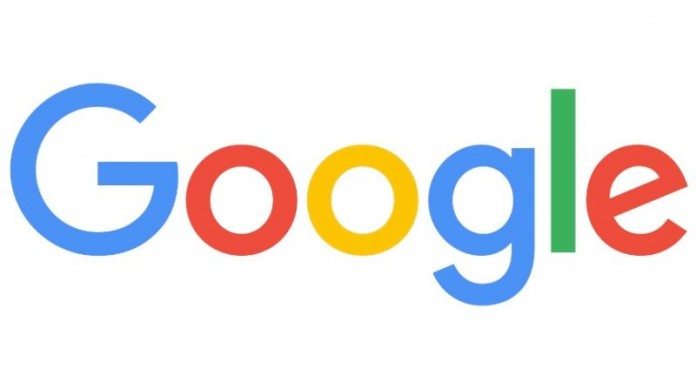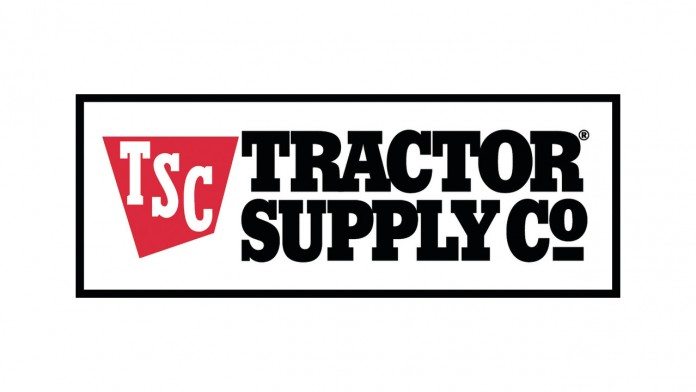Its been a pretty volatile week so far in biotech, with the annual J.P. Morgan Healthcare Conference driving sentiment in the space. We’ve had a flurry of high profile deals, and will no doubt get even more as the week, and the conference, progresses. Volatility, of course, is opportunity in the healthcare sector. So, with this said, here’s a look at two of the week’s biggest movers, alongside an analysis of the action.
Halozyme Therapeutics
First up, Halozyme Therapeutics, Inc. (NASDAQ:HALO). Throughout the first half of 2015, this company was something of an industry darling. Across the period January through July, Halozyme rose from $9 a share to just shy of $25 a share – a gain of more than 160%. Since July, however, shareholders have had to relinquish the majority of these gains. Having closed out the year at circa $17, the company has been in freefall ever since. Yesterday, it lost 17% of its market cap across the session, and currently trades at a little over $10 – practically back at levels seen twelve months ago. Halozyme is a billion-dollar company, and for companies of this size it’s unusual for this sort of move to take place in such a short period. So why the decline?
Well, it’s rooted in a business update presented at the already mentioned conference on Tuesday. The company revised down its revenue estimates to between $110 million and $125 million for the period FY 2016, and noted it expects to end the year with a cash balance of between $140 million and $160 million. These expectations are also down on analyst estimates, which put the revenue figure in the region of $140 million, with a net loss of $0.45 per share.
Despite the expectations miss, however, the company’s estimates would still beat out on 2015 full year, and would represent the fifth straight year of revenue growth. This suggests that the market response may be a little severe, and in turn, paints Halozyme as a potential discount entry opportunity. We’re waiting to see how things play out during the remainder of the conference before forming a solid bias.
Cara Therapeutics Inc.
Next, Cara Therapeutics Inc. (NASDAQ:CARA). This one is also a decline. Cara opened up yesterday’s session at around $13.5, already having logged steep losses from the year open at around $17. After a heavy session, however, the company lost a further 19%, and closed out yesterday’s session at just over $11 a share – levels not seen since last June. So why the decline here? Well, Cara has had a touch six months, with a string of disappointing trial releases, and yesterday the company released to the general public the presentation it gave at the ongoing, and aforementioned, conference. While there wasn’t anything particularly damning in the presentation, it disappointed investors, with the reaffirmation that we won’t get any real major milestones throughout 2016 – at least from a commercialization perspective – and that, just as with Halozyme, revenues may come in a little lower than analysts forecast.
Again, however, this may not be a bad time to pick up an exposure to the company. Cara initiated a phase III for its lead candidate, IV CR85, in September last year, and interim data is set for mid 2016. It’s a post-operative pain indication, meaning if the drug gets an FDA nod (likely during mid to late 2017 if the ongoing trial demonstrates efficacy), Cara is in line for a blockbuster payday. Phase II data was promising, showing efficacy with little to no serious adverse events, setting up the phase III a sa basis for an NDA on completion. At its current 50% discount to last year’s highs, and with a phase III candidate lined up for clinical completion this year, Cara looks attractive at current rates.
Once again, and as with HALO, we are going to ride out the remainder of the conference before forming any solid bias, and this holds firm for the biotech and wider healthcare sector as a whole. There is plenty of dealing left to be done in the arena before the end of this week, and taking a position before the landscape has settled is a little bit too speculative.
For updates as to the progress of any of these deals, and any other game changing information that comes out of the conference, check back with us at Market Exclusive regularly.












